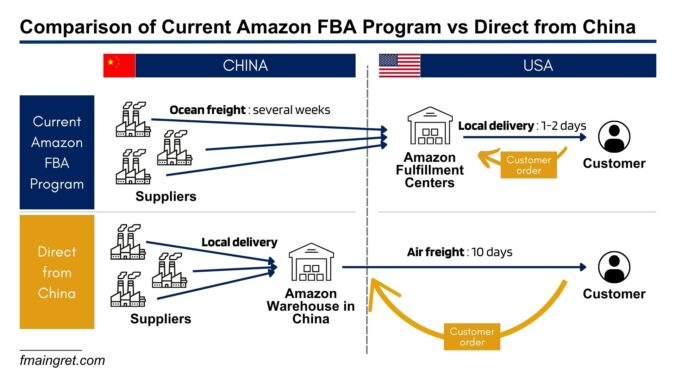What do you do when you want to increase your customers’ purchase frequency and lifetime value (LTV)? The current trend among retailers seems to be paid membership programs. If it works for Amazon or Costco, can it work for niche platforms?
Etsy recently announced they would experiment with their own membership program in September. We don’t have a lot of information yet, but I still want to discuss what this membership is about, reflect on why Etsy might do this, and give you my opinion on whether this can reverse the company’s decreasing GMV trend.
Continue reading





